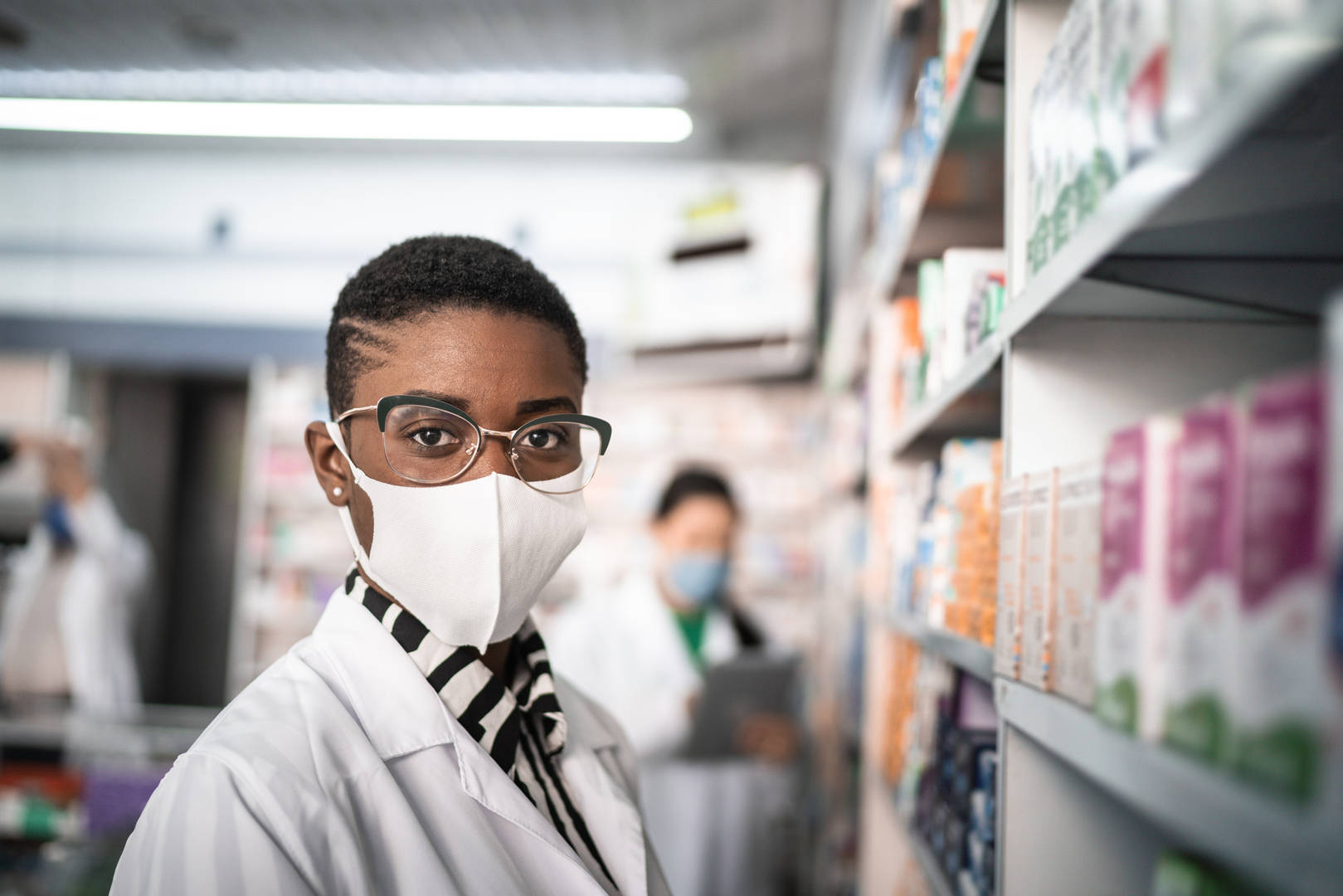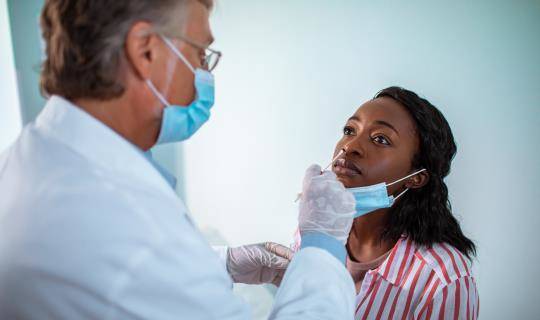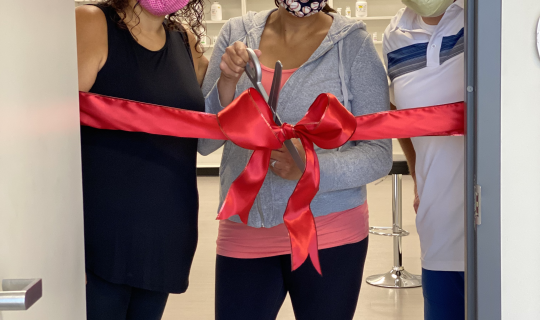COVID-19 and long-term care: An action plan for responding to a positive coronavirus test
By Marc Johnson

As more of the country reopens during the coronavirus pandemic, long-term care (LTC) pharmacies face unique challenges. They serve an especially vulnerable segment of the population. And as they navigate the pandemic from the front lines as essential healthcare providers, it's vital to have a plan in case an employee tests positive for COVID-19.
If you're an LTC pharmacy owner, these five steps can help you ensure employees stay healthy while you continue to deliver the service and care LTC facilities and patients rely on.
1. Put a policy in place before anyone gets sick
A long-term care pharmacy should implement and train staff on protocol for a positive COVID-19 test before it ever happens. A policy that is communicated ahead of time can reduce the risk of an employee coming to work when they're feeling sick and spreading the virus. The CDC recommends an organization's infectious disease preparedness and response plan account for a range of factors that include where and how employees could be exposed both on and off the job as well as individual risk factors and controls. For the LTC pharmacy, such a plan could account for mitigating exposure to LTC facility patients and the general public (for combination shops). It's a good idea to consult with an attorney and/or occupational health professional about the policy to make sure it adheres to local, state, and federal laws.
An LTC pharmacy can encourage employees to stay home when they're sick by emphasizing a mindset that puts health as the top priority. This includes a flexible sick leave policy that doesn't require a doctor's confirmation. Explain your policies in advance, so employees aren't fearful about losing their jobs if they're ill. The CDC notes that pharmacies in particular should have non-punitive sick leave policies.
2. Sick workers should go home or stay home
Employees with symptoms should tell their supervisor and then stay home. If they are at work when symptoms develop, they should be isolated in a designated room with closed doors until they can go home as soon as possible. The CDC recommends that anyone who is sick stay home, isolate themselves, and stay in contact with their doctors. They should track their symptoms and watch for any emergency signs that their illness is getting worse.
Possible symptoms of COVID-19 include fever, chills, cough, shortness of breath, fatigue, body aches, headache, sore throat, loss of taste or smell, congestion, nausea, or diarrhea. Additional symptoms might also be noted.
3. Secure and sanitize the infected employee's workspace
Following a report of COVID-19 symptoms or a positive test result, disinfection is essential. Immediately close off any areas where the sick employee worked. The CDC and FDA recommend waiting 24 hours before cleaning and disinfecting if possible. Increase ventilation by opening outside windows.
Clean and disinfect the pharmacy according to the CDC's guidelines. This includes cleaning surfaces with soap and water and disinfecting with products approved by the EPA. Wear gloves, gowns, and additional PPE if needed.
Inform any employees who had contact with the worker up to 48 hours before symptoms began, but be sure to follow confidentiality rules required by the Americans with Disabilities Act. Exposed employees can be referred to the CDC's Public Health Guidance for Community-Related Exposure.
4. Screen other employees after potential exposure
In order to ensure continuity of critical operations, the CDC has noted that critical infrastructure employees can continue working after potential COVID exposure as long as they are asymptomatic and have daily health screenings.
Keep in mind that this guidance is for employees possibly exposed, not employees who tested positive.
Provide daily health screenings for any employees who were potentially exposed. These screenings, conducted by a certified healthcare professional, should include a temperature test before entering the facility and a questionnaire covering any potential symptoms and exposure. Employees who were possibly exposed should wear face masks for 14 days after their last exposure and practice strict social distancing. The pharmacy should continue disinfecting at regular intervals.
5. Stay smart about re-entry and return to work
The pharmacy should follow the CDC's guidelines for when positive employees can return to work. They can discontinue self-isolation at least 72 hours after fever and respiratory symptoms end, and no sooner than 10 days after the first symptoms. If COVID-19 tests are readily available, wait until the employee is free of a fever and respiratory symptoms and receives two negative test results collected 24 hours or more apart. The CDC notes that anyone in contact with vulnerable members of the population—patients in LTC facilities, for example—might require a longer time frame before returning to work.
Having a business continuity plan in place is also a smart idea. That might include identifying essential workers within the pharmacy and contingencies for limiting disruptions in service if one of them tests positive.
Employee health and safety is of paramount importance when creating a policy for re-entry during the COVID-19 pandemic. With proper disinfection and safety protocols in place, you'll be able to successfully navigate a positive test and keep your employees and customers safe.






